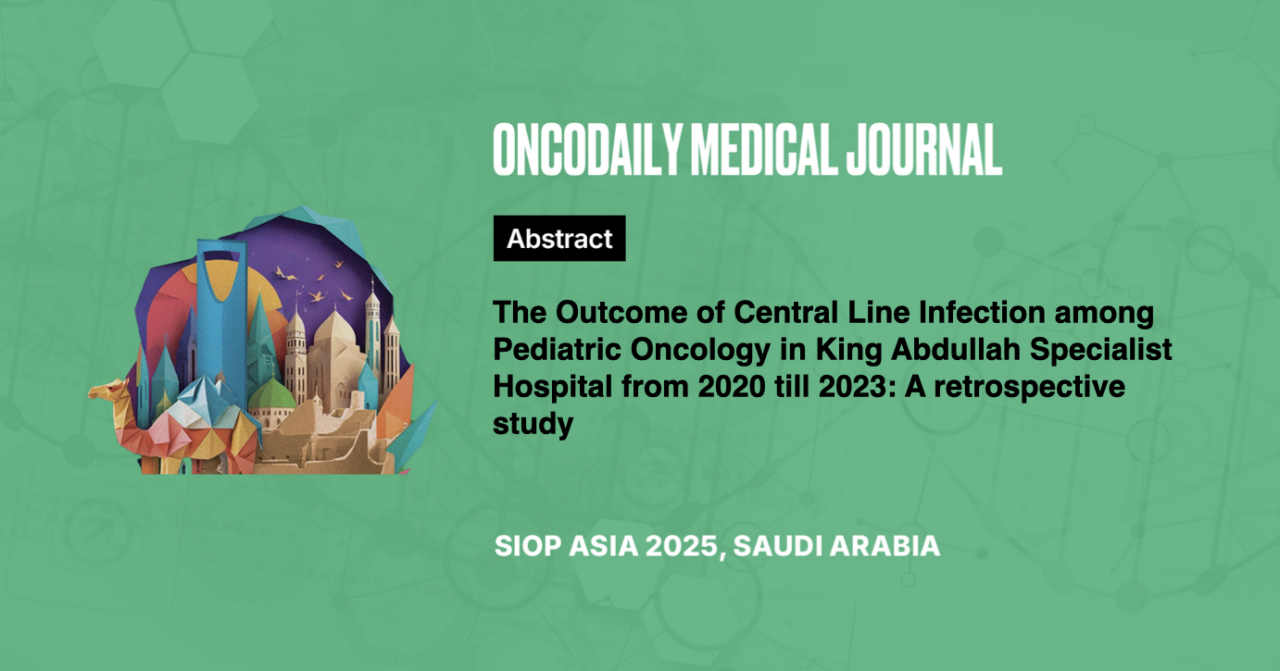Abstract
Introduction: Central venous access devices are essential in treating pediatric oncology patients due to limitation of peripheral venous access. Central line insertion during a phase of pancytopenia may increase morbidity risk, including thrombosis, non-thrombotic occlusion, mechanical malfunction and infections. Central line infections, especially CLABSI, carry a massive threat in pediatric oncology. Unfortunately, we observed an increased central line infection rate in our hospital. The aim was to know the prevalence of central line infections, for example CLABSI in our unit.
Methodology: A retrospective chart review study conducted at King Abdullah Specialized Hospital to assess the outcome of central line infection among pediatric oncology from 2020-2023 among 47 participants.
Results: The rate of central line insertions over a four-year period among 47 patients. The rate of central line infection was 15% in 2020. However, there was a substantial increase in 2021, with the rate reaching 29.8%, followed by a peak of 36.2% in 2022. In 2023, the prevalence dropped significantly to 19.1% regarding the phase of chemotherapy The Consolidation Phase was the most common, involving 31.9% of patients, followed by the Induction Phase at 21.3%.The Recurrence rate was found with diagnosis (p=0.006), where Acute Myeloid Leukemia (AML) patients had the highest recurrence rate (42.9%), followed by Acute Lymphoblastic Leukemia (ALL) with 35.0%.
A significant association was found with the primary pathogen type (p=0.048). Patients with gram-positive infections had no recorded deaths (0.0%), while those with gram-negative infections and Candida species had mortality rates of 11.1% and 25.0%, respectively. Mortality was also observed in a single patient with a fungal Trichosporon Asahii infection.
Conclusion: This study highlights the complex interplay of clinical factors influencing the recurrence and mortality associated with central line infections. The findings underscore the importance of targeted prevention strategies, in high-risk populations, to mitigate recurrence and improve patient outcomes in management of central line infection.





